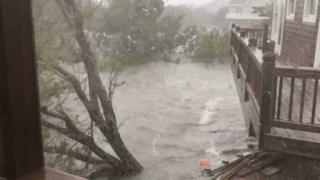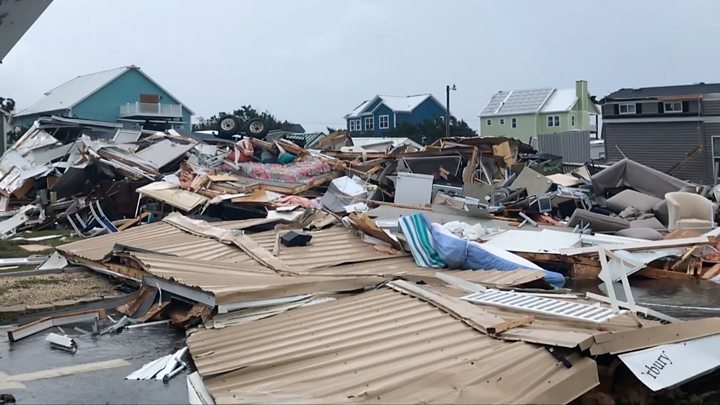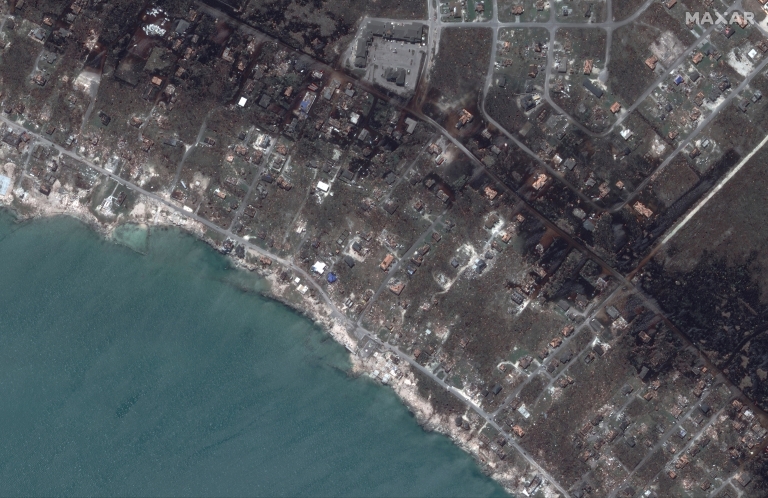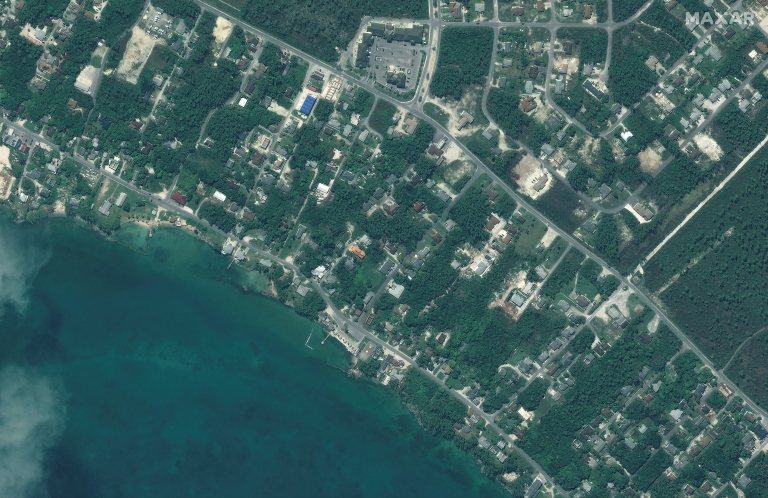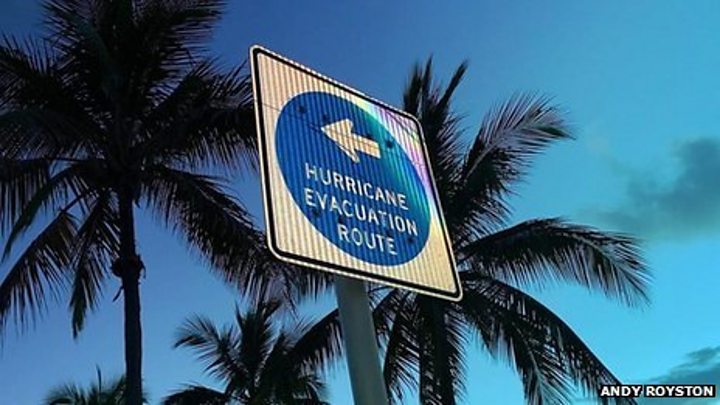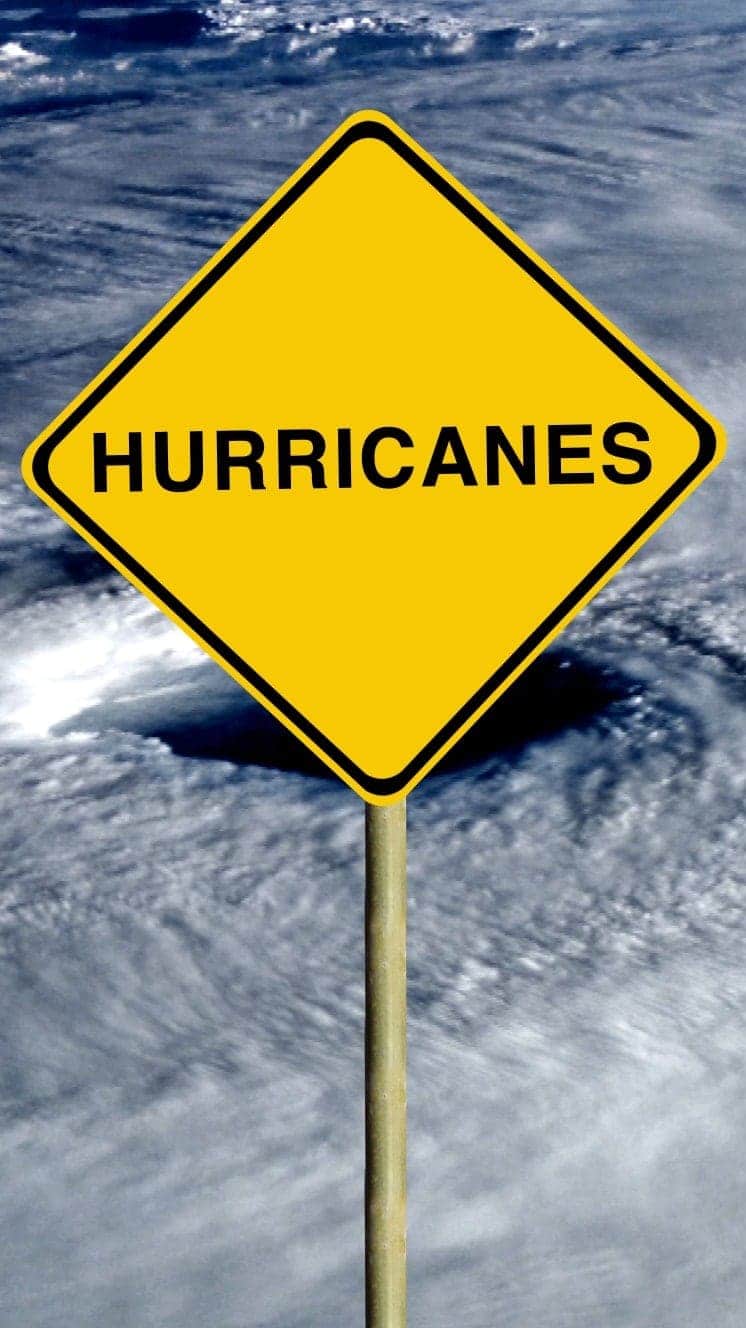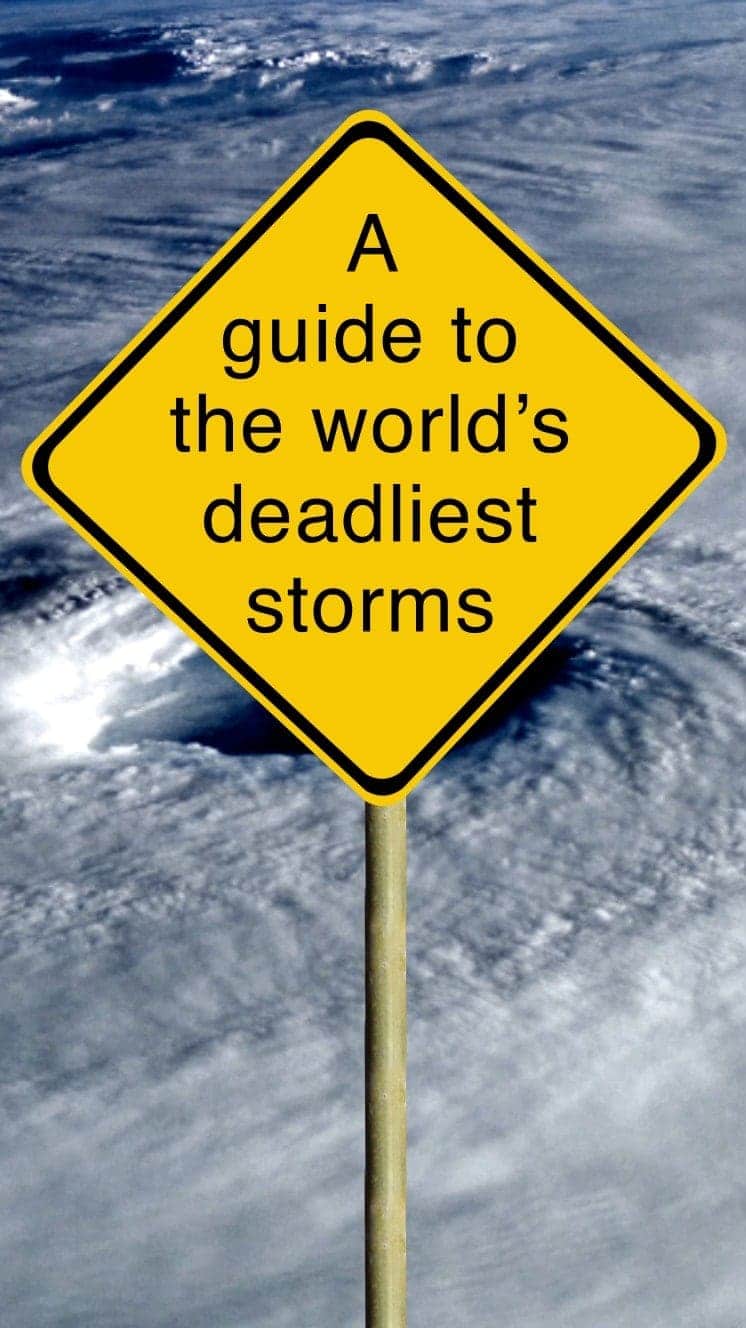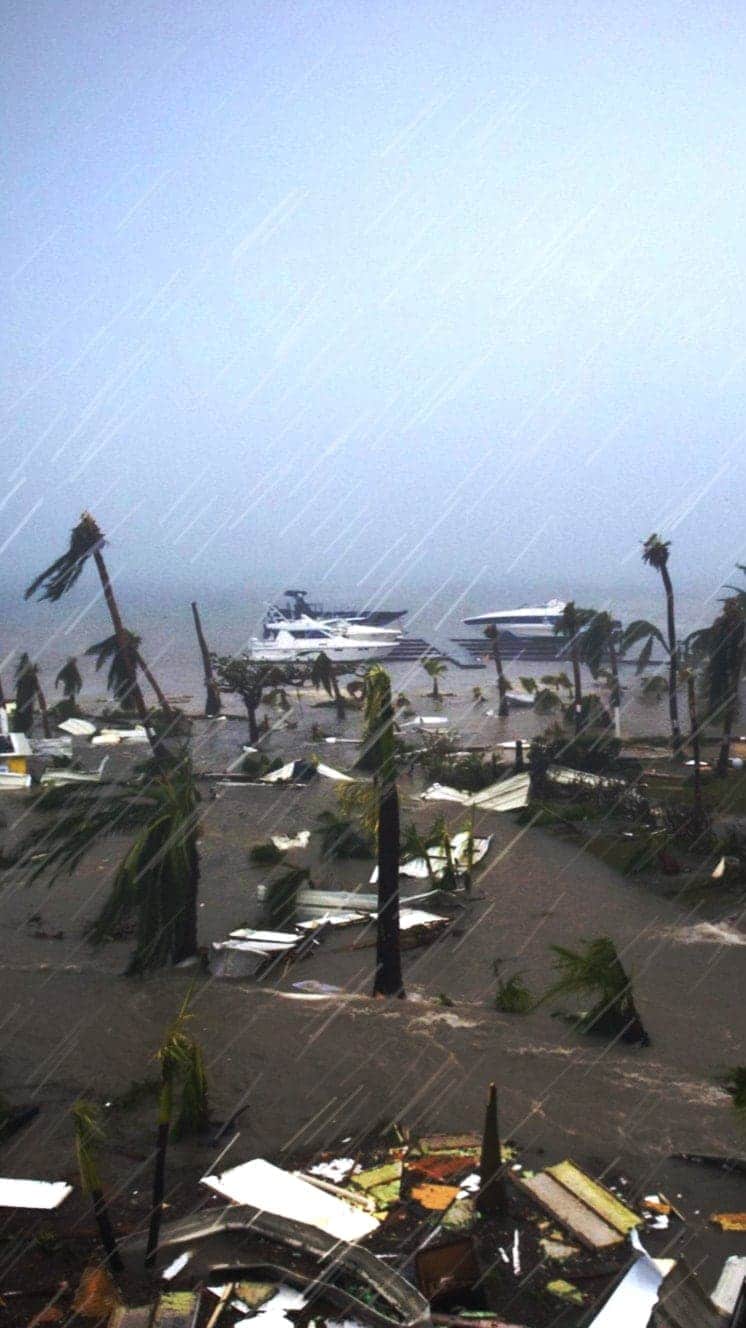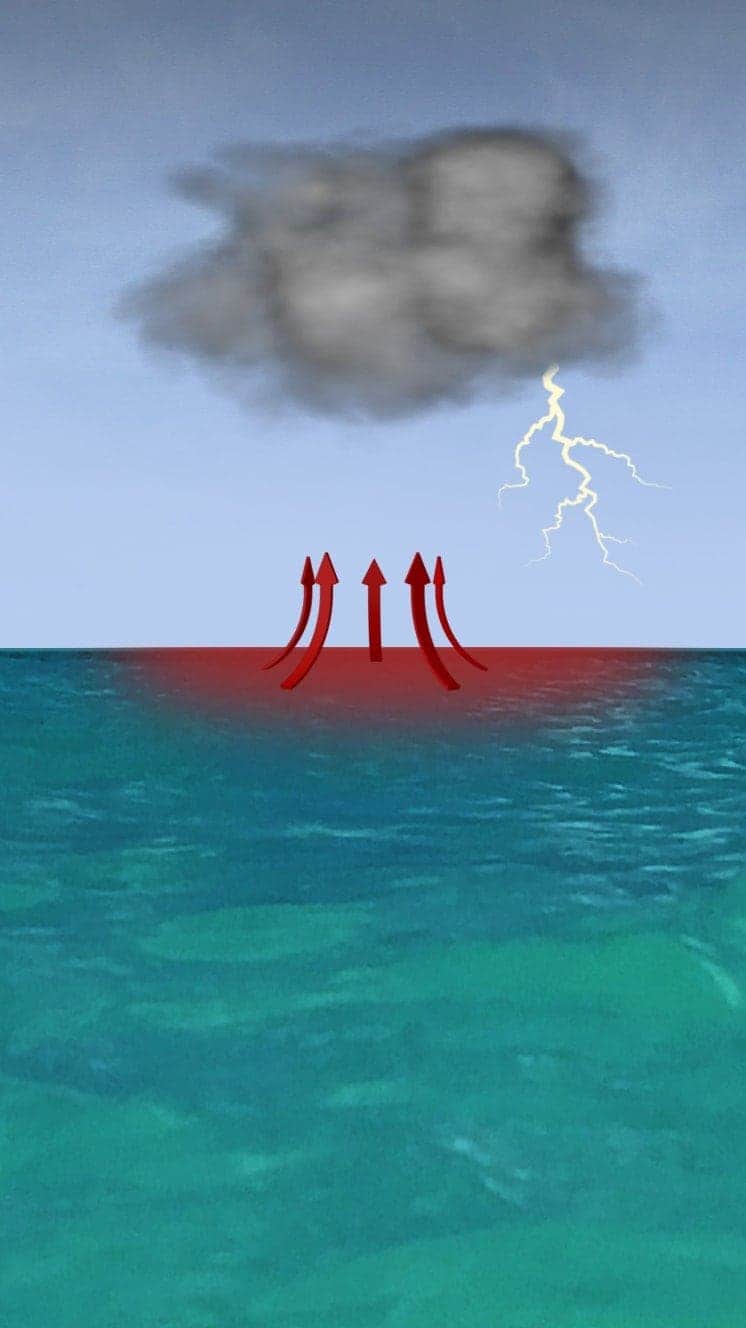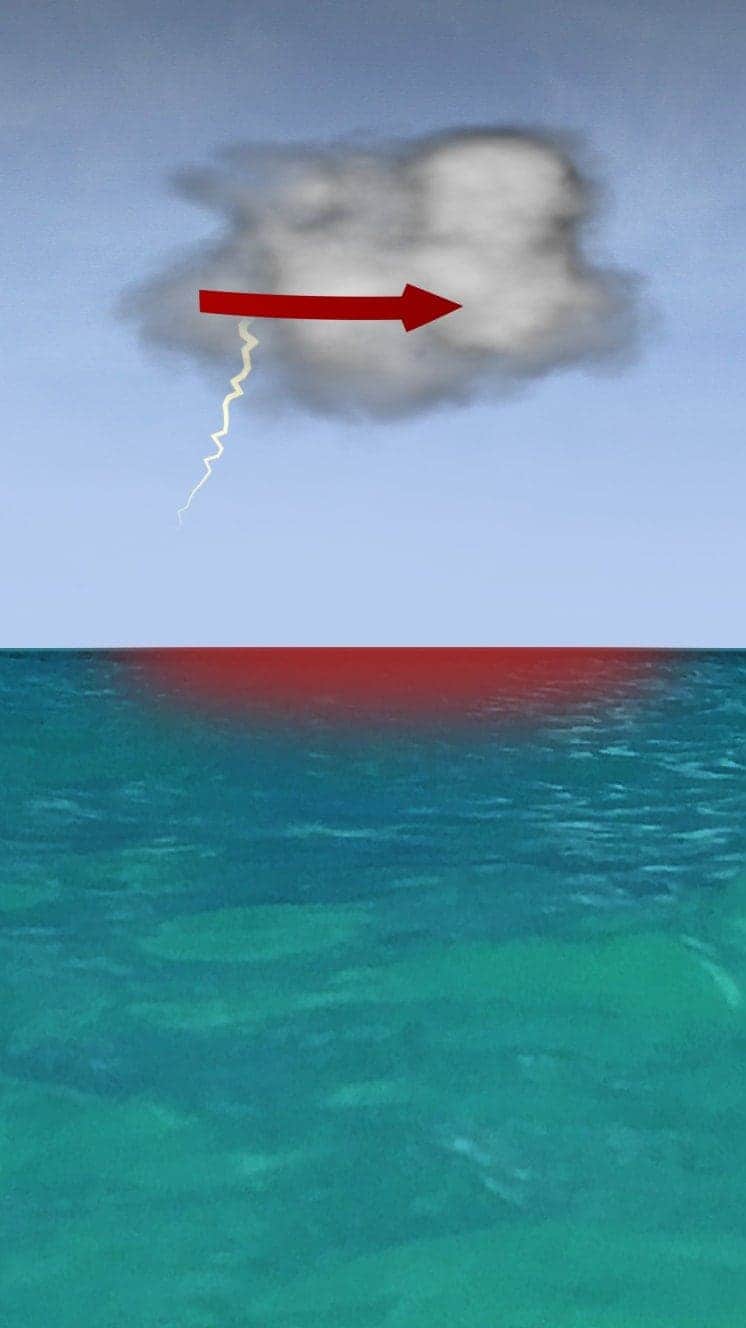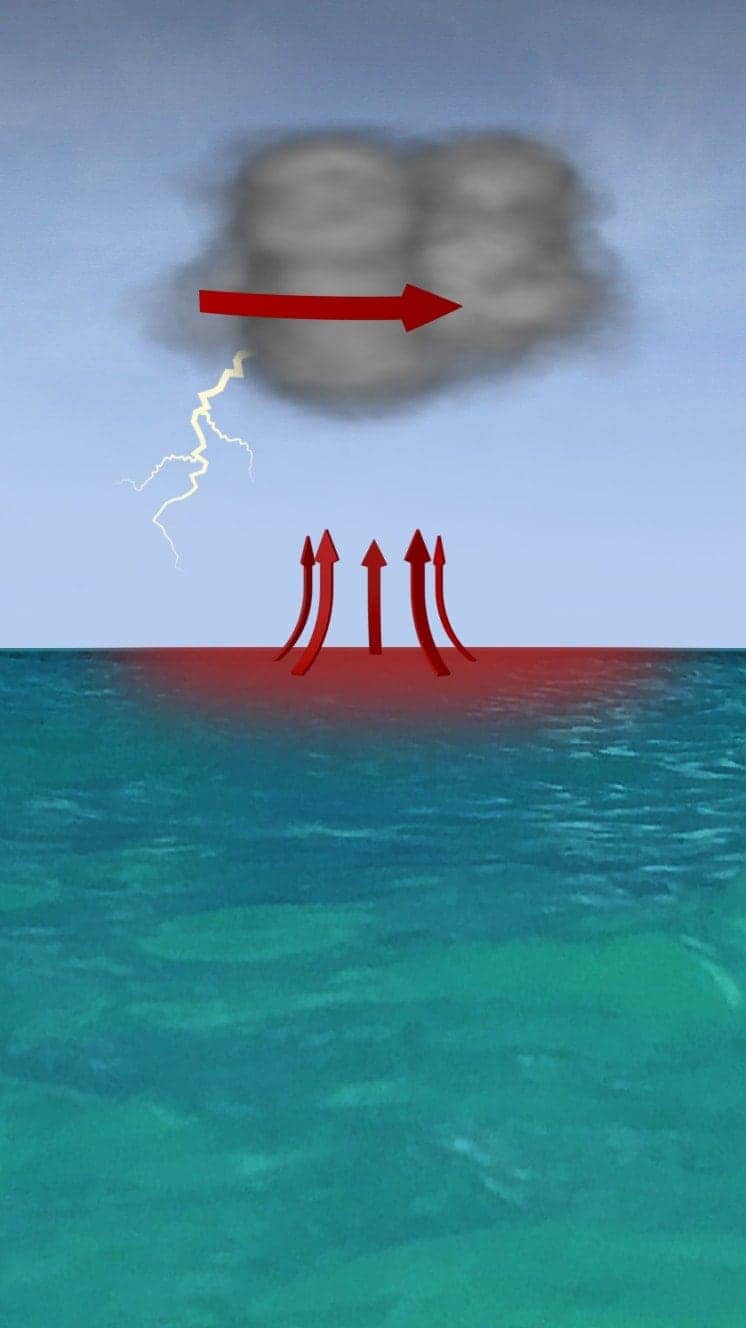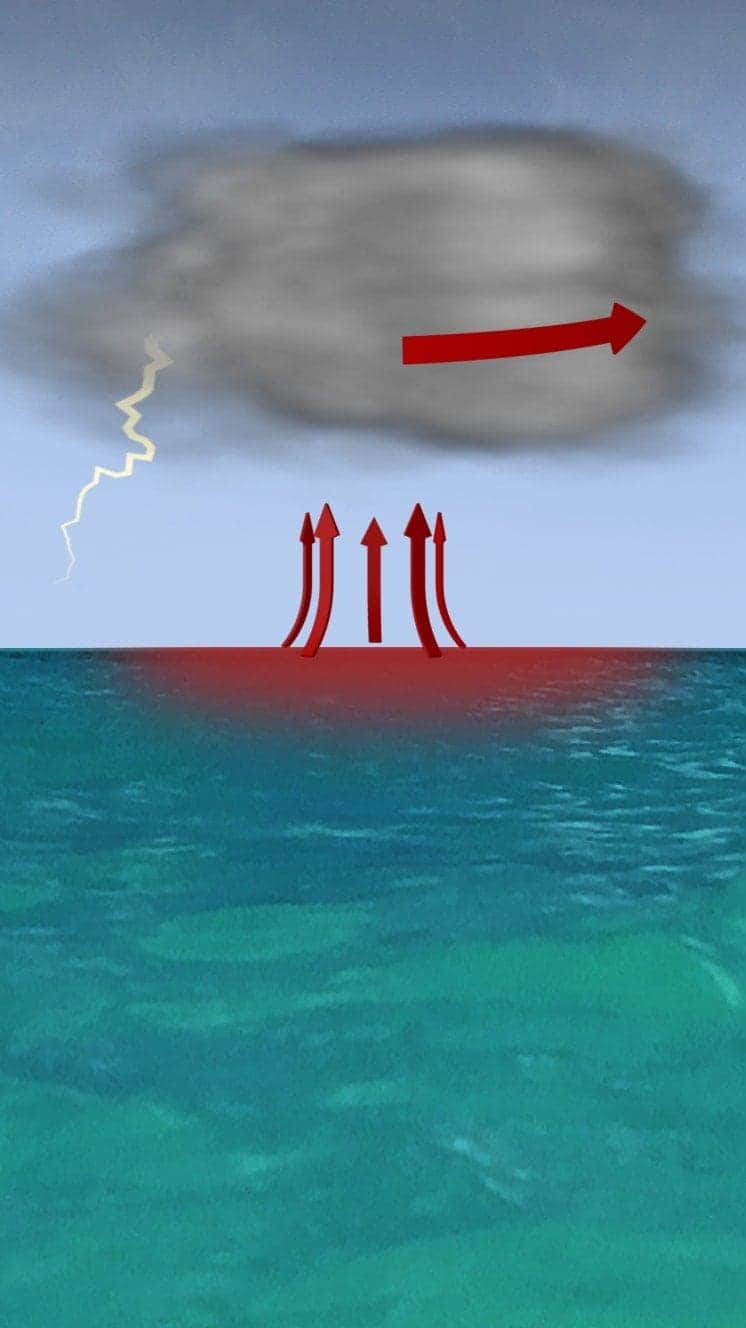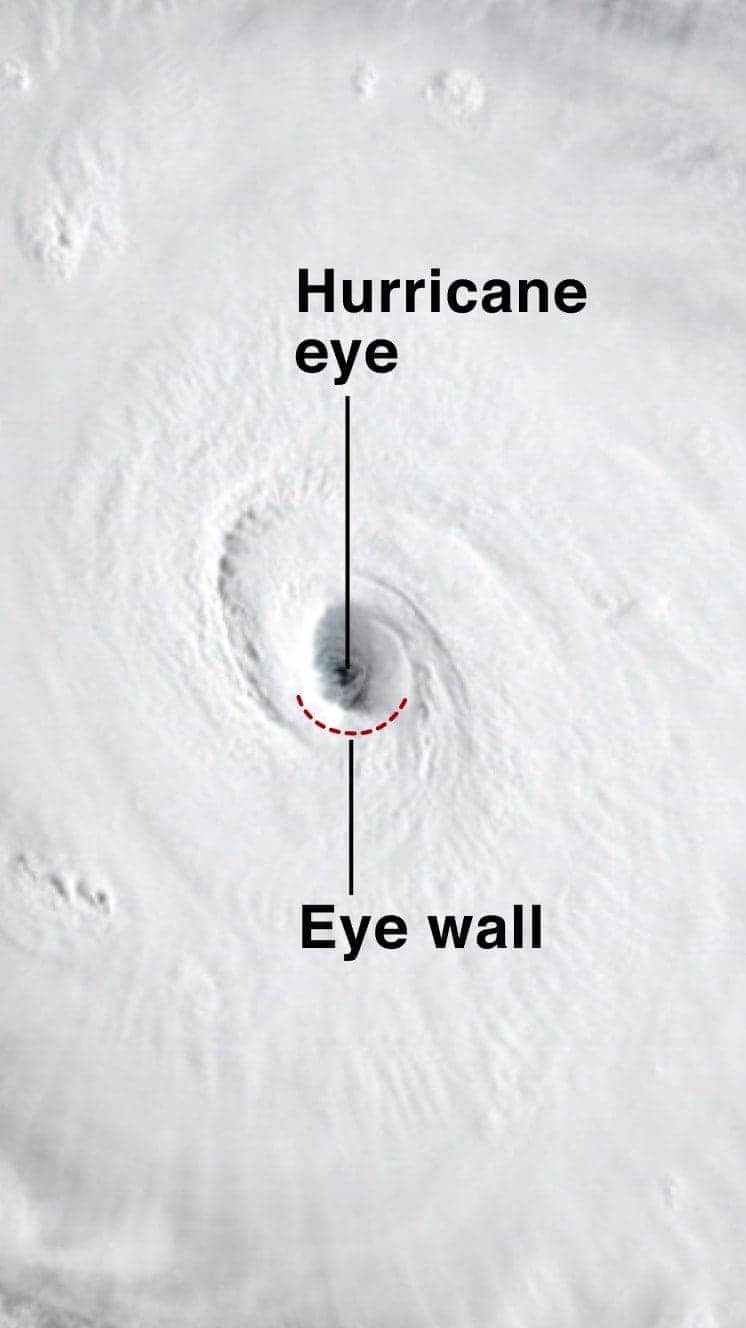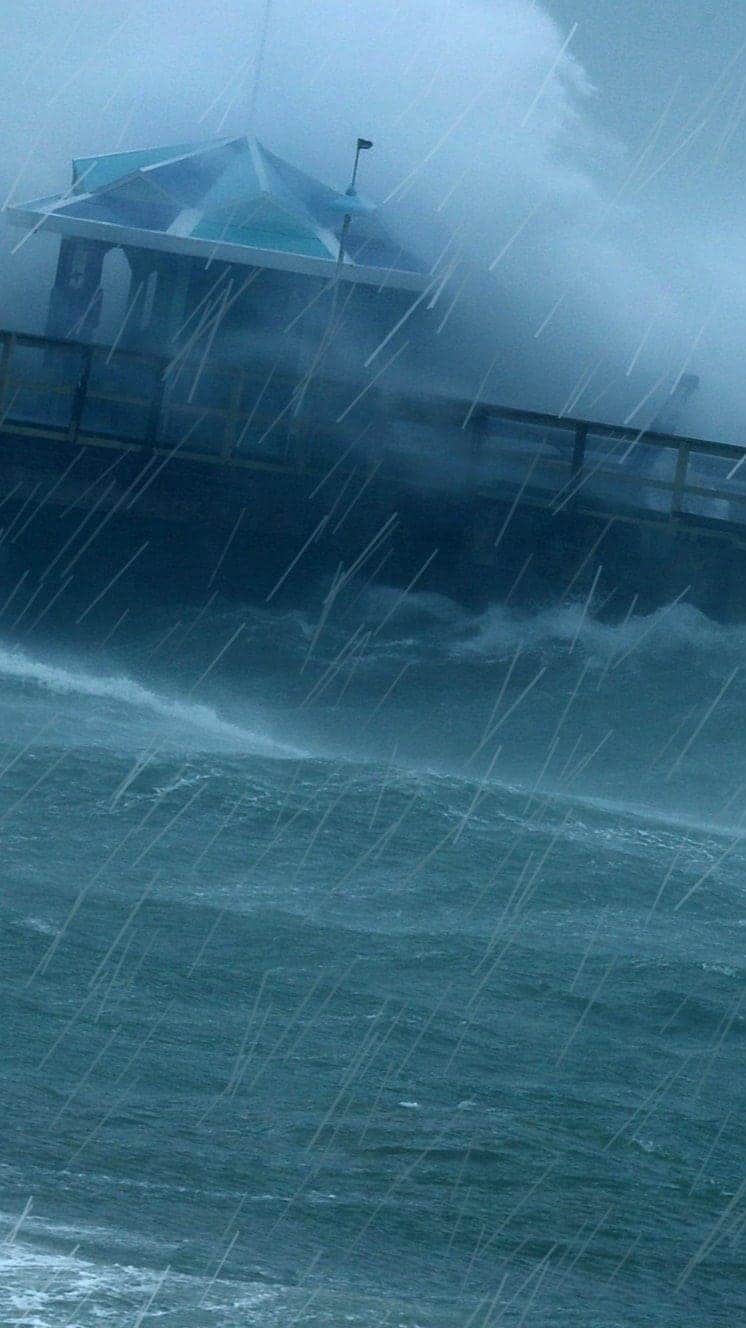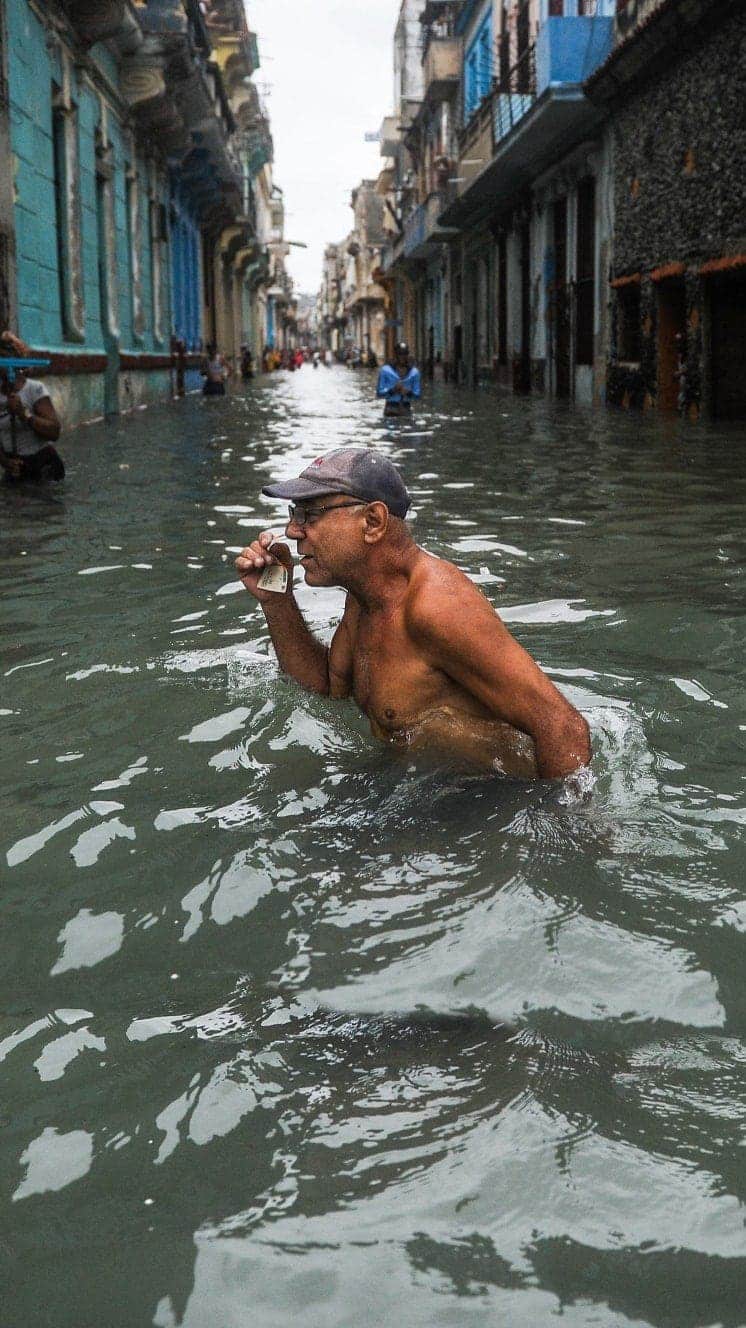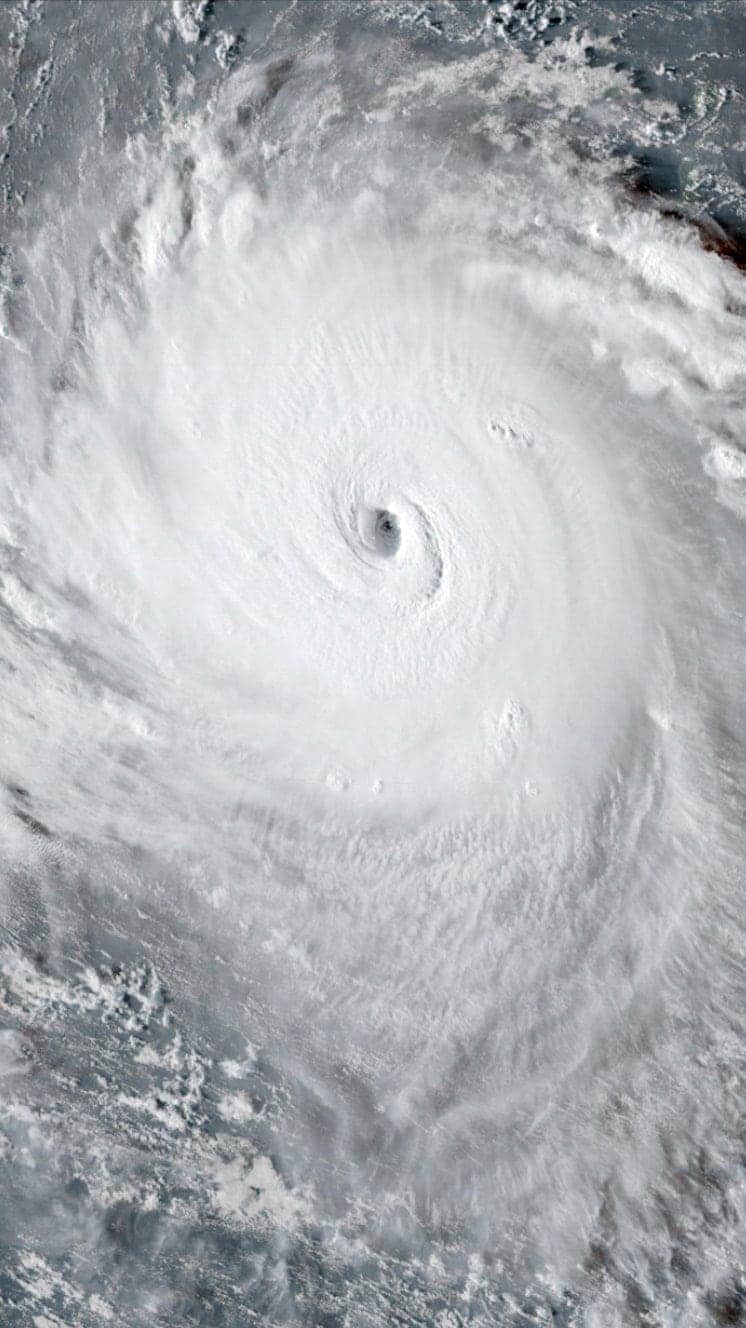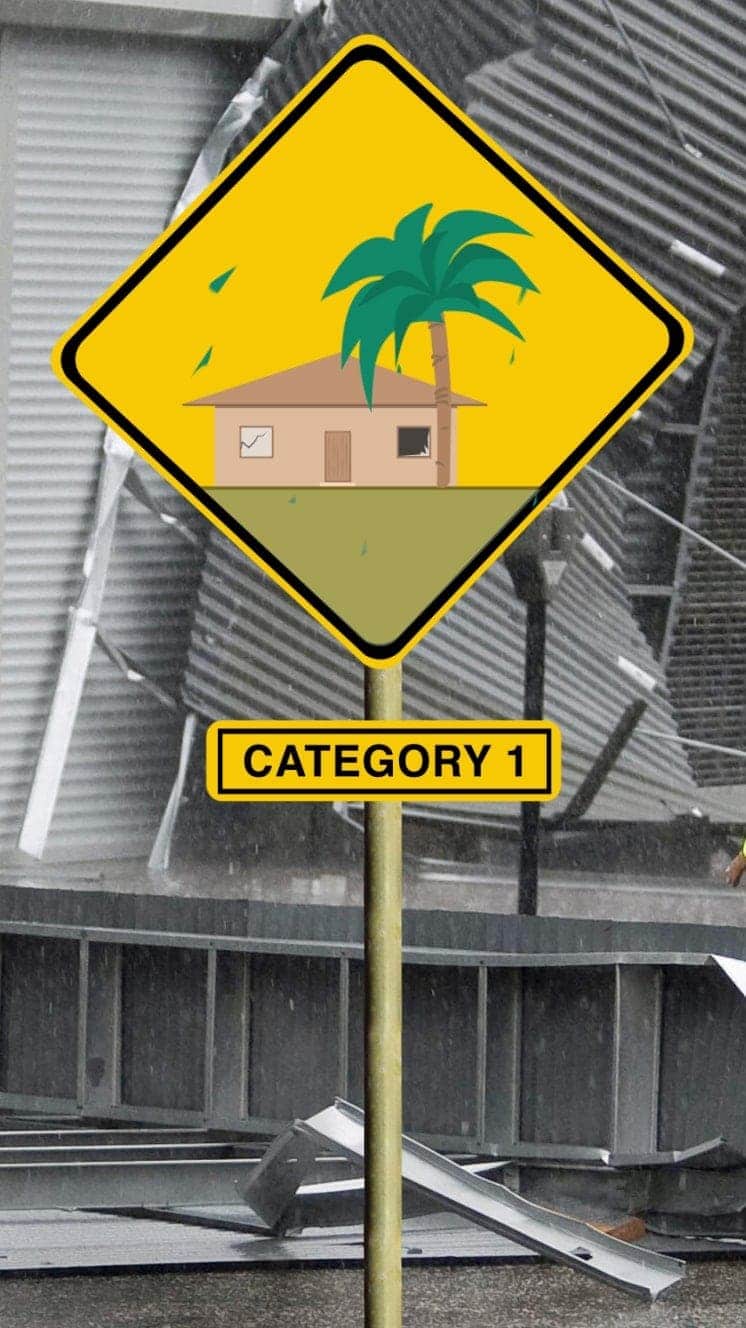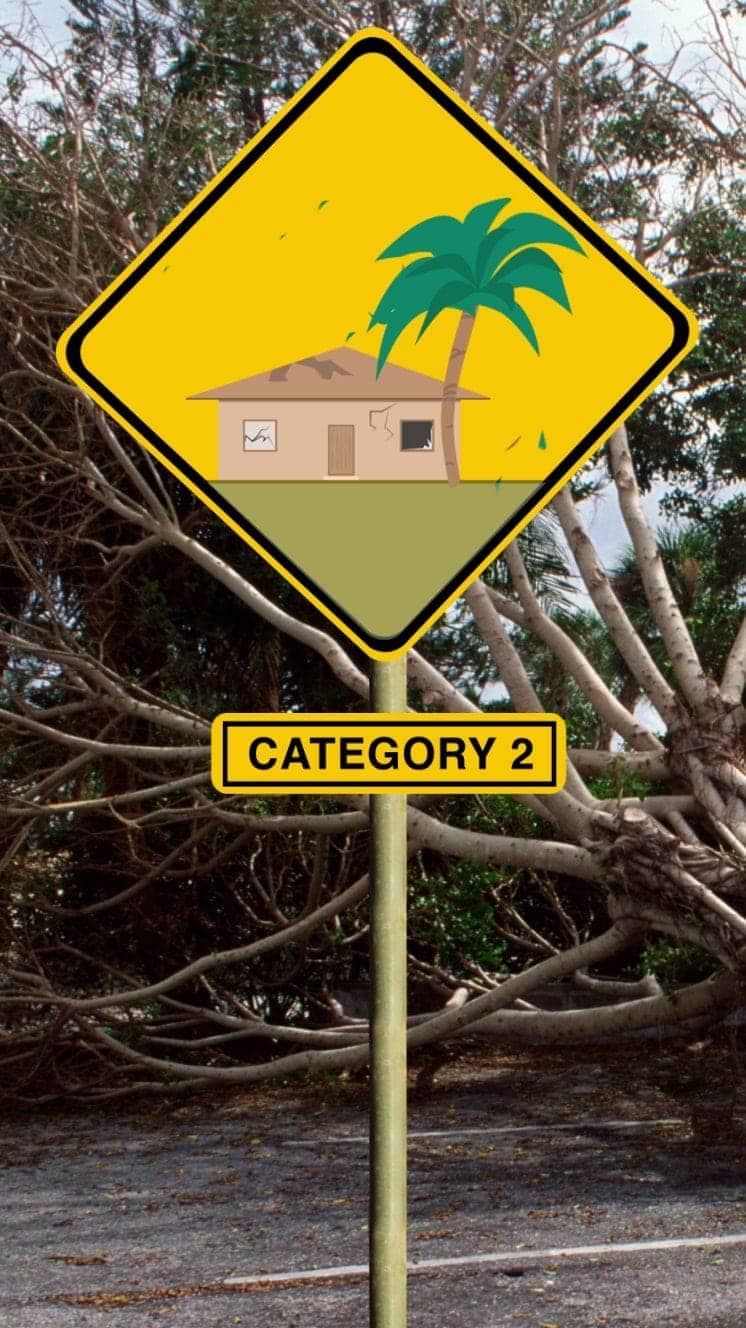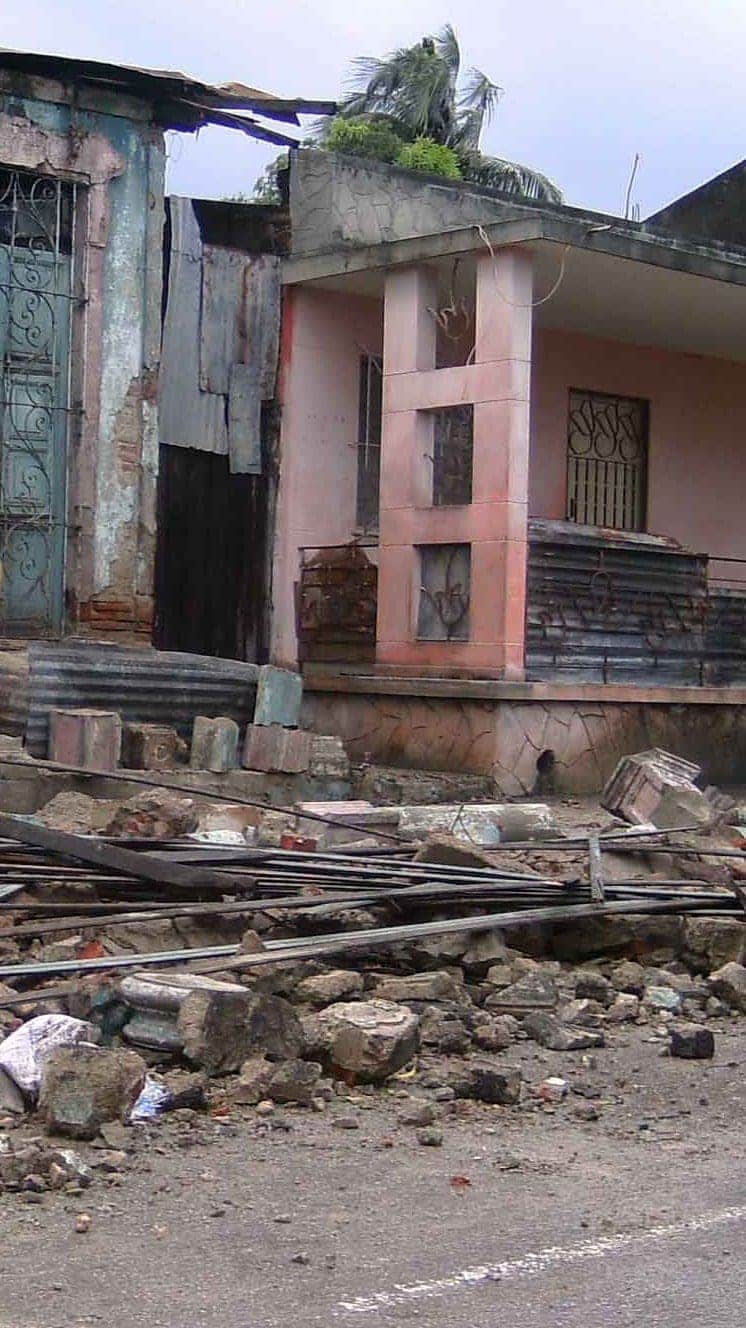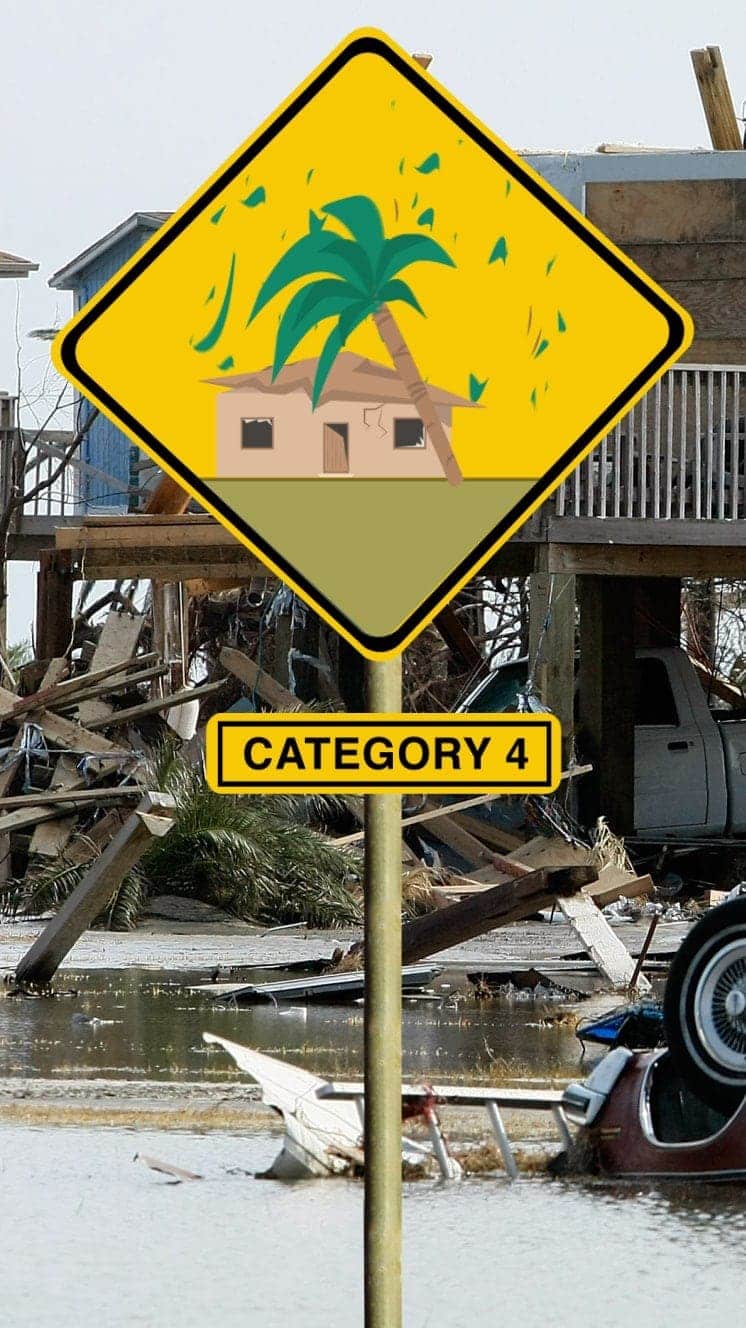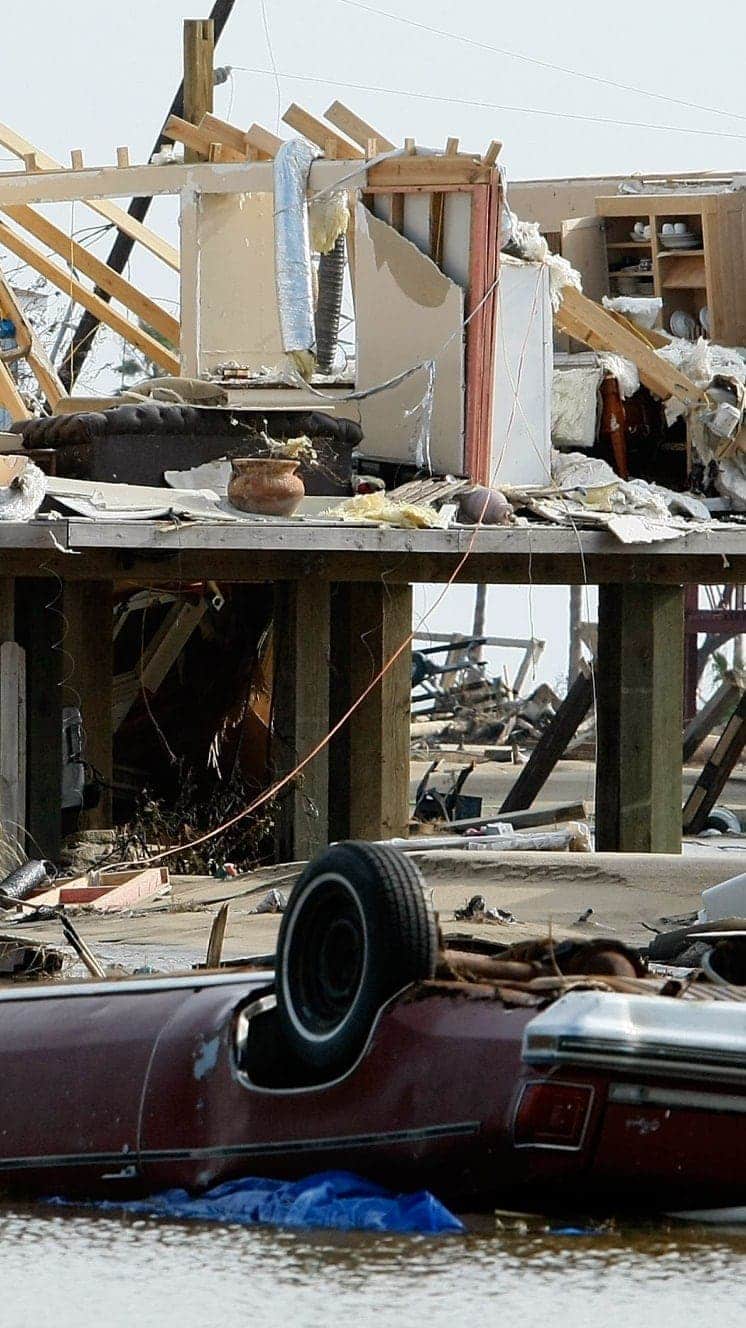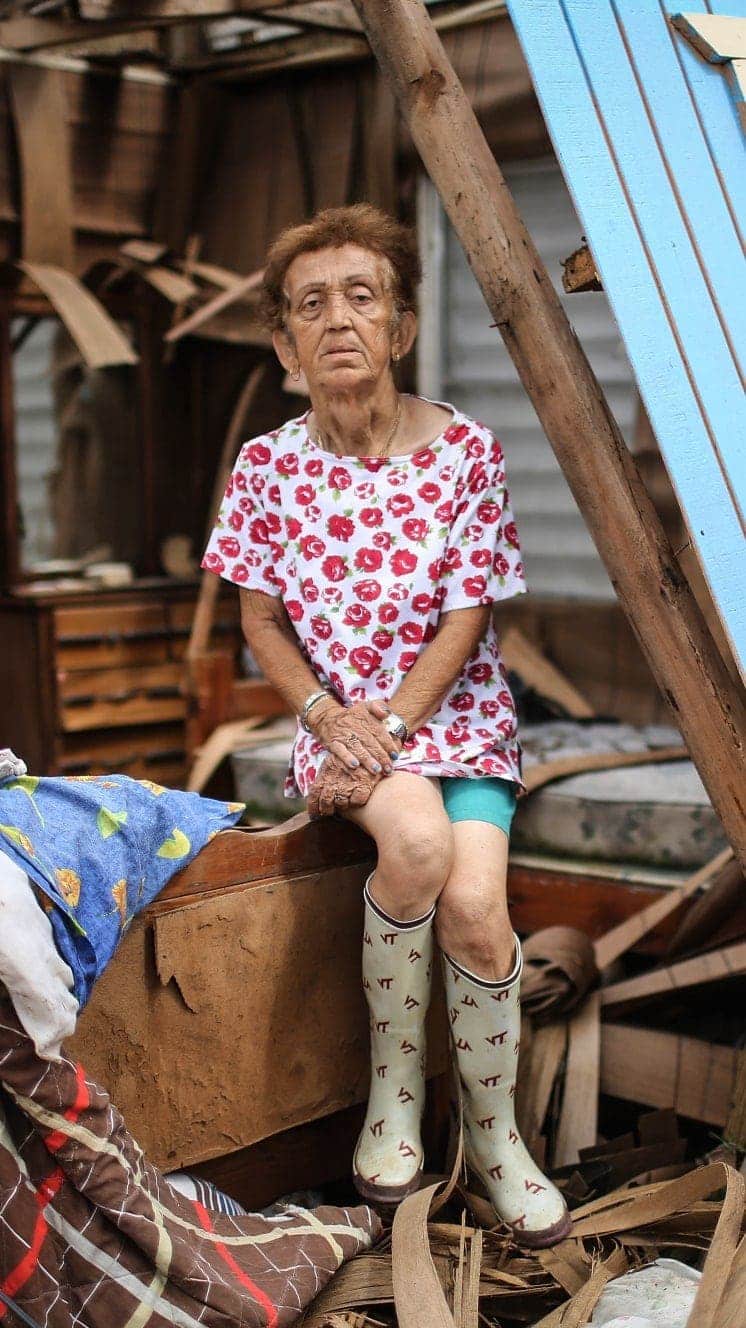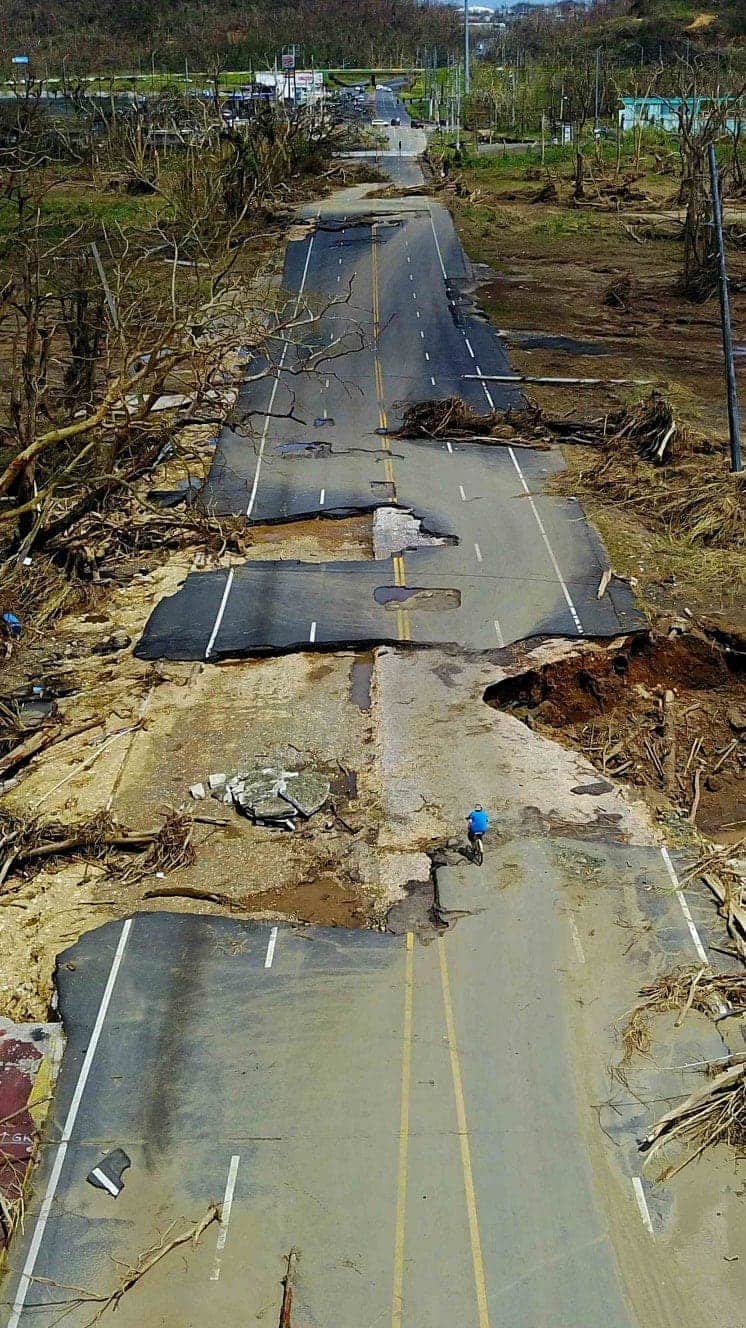Dorian ‘traps hundreds’ on North Carolina coast
Hundreds of people may be trapped on a North Carolina island amid rising floodwater after Hurricane Dorian made landfall, the state governor has warned.
The storm struck the islands popular with holidaymakers days after causing at least 30 deaths in the Bahamas.
Roy Cooper warned of storm surges on the island of Ocracoke, where 800 people were said to have stayed behind.
In the Bahamas, officials say hundreds, possibly thousands, are still missing.
The official death toll is expected to increase to a “staggering” level, the country’s government says.
Officials are sending morticians and 200 body bags to the Abaco Islands, the worst-hit part of the archipelago.
“The public needs to prepare for unimaginable information about the death toll and the human suffering,” Health Minister Duane Sands told local radio.
What is happening on Ocracoke?
The storm made landfall at Cape Hatteras at 09:00 local time (13:00 GMT), with winds of 90mph (150 km/h), but by 11:00 local time its eye had moved about 50 miles to the north-east.
However it lashed the Outer Banks islands with hurricane force winds as far as 45 miles away from the eye and with tropical storm winds up to 200 miles away, the National Hurricane Center said.
Mr Cooper said there was “significant concern” for those reportedly trapped on Ocracoke and urged them to get to high ground. Rescue teams were ready to deploy as soon as the area became accessible, he said.
Local weather officials posted video of a storm surge causing severe flooding in Ocracoke.
Now downgraded to a category 1 hurricane, Dorian is moving north-east at about 17mph. It is expected to make landfall again on Saturday in the Canadian province of Nova Scotia.
Life-threatening storm surges and dangerous winds are still expected in Virginia and other north-eastern states.
Three storm-related deaths have been reported in Florida and another in North Carolina. All four people died while preparing their homes and shelters for the storm.
It has also caused severe flooding and widespread power failures in Georgia, South Carolina and North Carolina.
In the Carolinas, more than 900,000 people were ordered to evacuate their homes, but it was unclear how many had complied.
Forecasters said 10 inches (25 cm) of rain had fallen between the coasts of Charleston in South Carolina and Wilmington 170 miles away in North Carolina.
What is the damage to Bahamas?
Dorian hit the Bahamas as a category five hurricane with winds reaching 185mph (298km/h). It matched the highest ever recorded at landfall, and stayed over affected areas for two days.
In its wake, at least 70,000 Bahamians needed immediate humanitarian relief.
The International Red Cross fears 45% of homes on Grand Bahama and the Abacos – some 13,000 properties – were severely damaged or destroyed.
Parts of the Bahamas received up to 35in (89cm) of rain, leaving vast areas of it flooded.
The Island of Great Abaco is virtually uninhabitable, with bodies piled up, no water, power or food, and militias formed to prevent looting, local media report.
Aerial images over the Abacos showed mile upon mile of destruction, with roofs torn off, scattered debris, overturned cars, shipping containers and boats, and high water levels.
The only international airport in Grand Bahama was also devastated. As a result, it could not be used for evacuations or aid deliveries.
Flood waters have reportedly rendered the Grand Bahamas’ main hospital unusable, according to the Associated Press news agency.
What is the latest on the aid effort?
The Bahamas’ government has signed an emergency declaration giving tax exemptions to medicine, building supplies and other goods that can be used for relief efforts.
International aid operations have been primarily focused on Grand Bahama and the Abacos, which were hit worst.
Search-and-rescue teams have been combing the worst-hit communities looking for any trace of survivors and bodies. As of Friday, the US Coast Guard said it had rescued 205 residents.
Interactive
Marsh Harbour, Great Abaco
September 2019
October 2018
Meanwhile, efforts to deliver aid are being ramped up. Planes and helicopters have been flying in emergency supplies to help the estimated 76,000 people in need of food and shelter.
Eight tonnes (8,000kg) of ready-to-eat meals, storage units, generators and other emergency suppliers are to be flown in from Panama, the UN World Food Programme said.
A $5.4m (£4.3m) budget has been allocated to the UN agency for a three-month emergency operation in the Bahamas.
Is climate change making hurricanes worse?
According to the NHC, a “hurricane season” runs in the Atlantic Ocean between 1 June and 30 November.
The term denotes a period when most of the year’s tropical cyclones take place in the Atlantic, though it typically peaks in the late summer.
Scientists cannot say whether climate change is increasing the number of hurricanes, but the ones that do happen are likely to be more powerful and more destructive because of our warming climate, says BBC Weather’s Tomasz Schafernaker.
Here’s why:
Use our guide to see how these deadly storms form, their devastating effects and how they are measured:
Hurricanes
A guide to the world’s deadliest storms
Hurricanes are violent storms that can bring devastation to coastal areas, threatening lives, homes and businesses.
Hurricanes develop from thunderstorms, fuelled by warm, moist air as they cross sub-tropical waters.
Warm air rises into the storm.
Air swirls in to fill the low pressure in the storm, sucking air in and upwards, reinforcing the low pressure.
The storm rotates due to the spin of the earth and energy from the warm ocean increases wind speeds as it builds.
When winds reach 119km/h (74mph), it is known as a hurricane – in the Atlantic and Eastern Pacific – or a typhoon in the Western Pacific.
"Everybody has a plan until they get punched in the face. Well, we’re about to get punched in the face."
Florida Mayor Bob Buckhorn, ahead of Hurricane Irma (2017)
The central eye of calmer weather is surrounded by a wall of rainstorms.
This eyewall has the fastest winds below it and violent currents of air rising through it.
A mound of water piles up below the eye which is unleashed as the storm reaches land.
These storm surges can cause more damage from flooding than the winds.
"Urgent warning about the rapid rise of water on the SW FL coast with the passage of #Irma’s eye. MOVE AWAY FROM THE WATER!"
Tweet from the National Hurricane Center
The size of hurricanes is mainly measured by the Saffir-Simpson scale – other scales are used in Asia Pacific and Australia.
Winds 119-153km/h
Some minor flooding, little structural damage.
Storm surge +1.2m-1.5m
Winds 154-177km/h
Roofs and trees could be damaged.
Storm surge +1.8m-2.4m
Winds 178-208km/h
Houses suffer damage, severe flooding
Storm surge +2.7m-3.7m
Hurricane Sandy (2012) caused $71bn damage in the Caribbean and New York
Winds 209-251km/h
Some roofs destroyed and major structural damage to houses.
Storm surge +4m-5.5m
Hurricane Ike (2008) hit Caribbean islands and Louisiana and was blamed for at least 195 deaths
Winds 252km/h+
Serious damage to buildings, severe flooding further inland.
Storm surge +5.5m
Hurricane Irma (2017) caused devastation in Caribbean islands, leaving thousands homeless
"For everyone thinking they can ride this storm out, I have news for you: that will be one of the biggest mistakes you can make in your life."
Mayor of New Orleans Ray Nagin ahead of Hurricane Gustav, 2008
Click arrow to proceed
Loading …
Swipe to progress
How have you been affected by Hurricane Dorian? Share your experiences by emailing [email protected].
Please include a contact number if you are willing to speak to a BBC journalist. You can also contact us in the following ways:
Or use the form below:
If you are happy to be contacted by a BBC journalist please leave a telephone number that we can
contact you on. In some cases a selection of your comments will be published, displaying your name as
you provide it and location, unless you state otherwise. Your contact details will never be published.
When sending us pictures, video or eyewitness accounts at no time should you endanger yourself or others,
take any unnecessary risks or infringe any laws. Please ensure you have read the terms and conditions.
Terms and conditions
The BBC’s Privacy Policy
Source: Read Full Article
